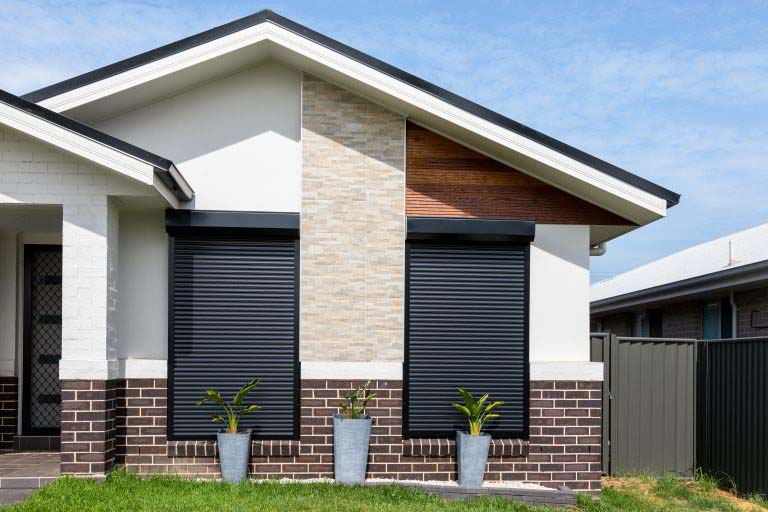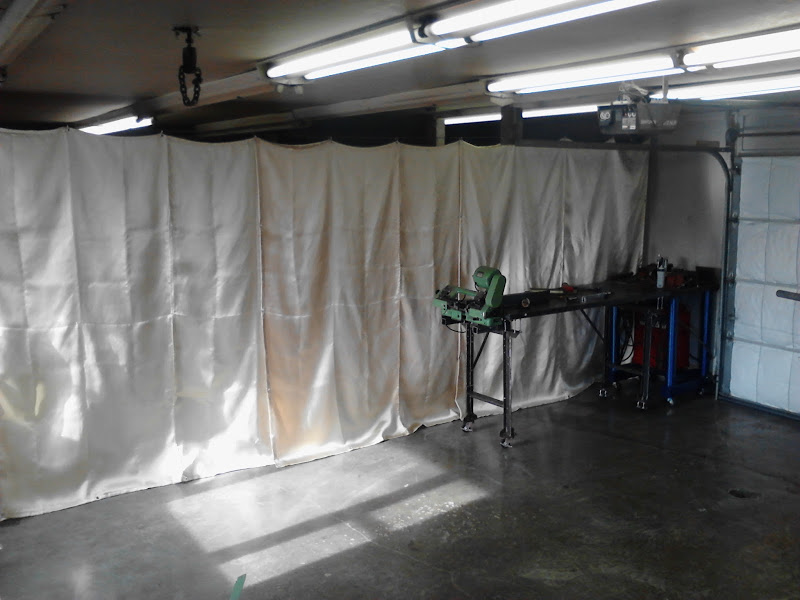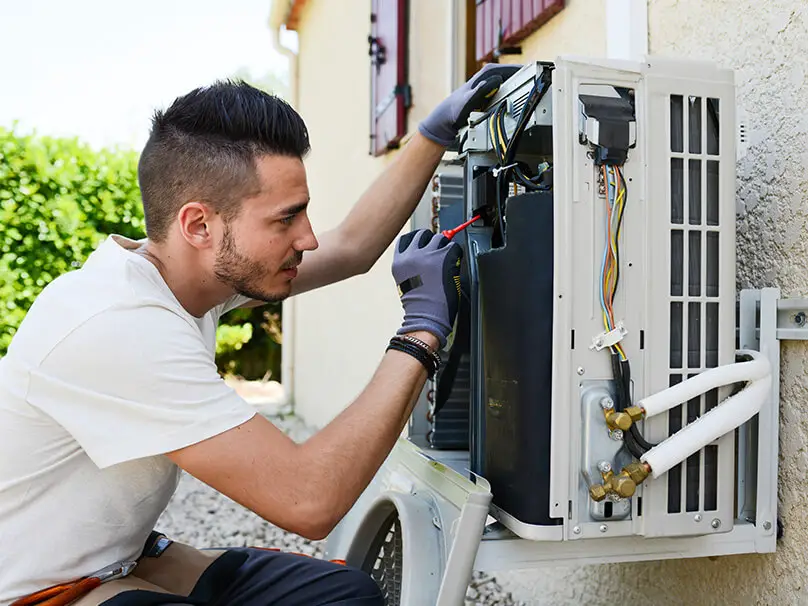If you own a piece of property that has been in your family for generations, you may have considered setting up a family graveyard on the land at some point. This graveyard can be set up by taking up all the space in the property, or you can simply have an isolated piece of land dedicated to the family graveyard while the rest of the land is used for residential purposes.
Whichever way you prefer, a family graveyard can provide a sense of history and continuity, allowing future generations to remember and connect with their ancestors. However, there are several factors to consider when setting up a family graveyard to ensure that it is done legally and respectfully.
Having established that, here are a few tips on how to set up a family graveyard on your property.
1. Check Local Regulations
Before you start planning your family graveyard, it is essential to check local regulations to ensure that it is legal to do so. In some areas, there may be specific laws and regulations that govern the establishment of cemeteries, burial grounds, and family graveyards.
You may need to obtain permits or licenses to establish a graveyard on your property, and there may be restrictions on the number of burials allowed or the types of graves that are permitted.
Contact your local zoning board or county clerk’s office for information on the specific regulations in your area.
2. Choose a Suitable Location
When choosing a location for your family graveyard, there are several factors to consider.
First and foremost, the location should be easily accessible and not subject to flooding or erosion. It should also be in a secluded area that is not likely to be disturbed by future development or construction.
It’s also important to consider the aesthetic qualities of the location. You may want to choose a location that is peaceful and picturesque, with natural features such as trees or a view of the countryside.
3. Consider the Layout
The layout of your family graveyard will depend on the number of burials you plan to accommodate and the available space on your property. You may want to consider a traditional grid layout with rows of graves, or you may choose a more organic layout that follows the contours of the land.
Leave adequate space between graves to allow for future maintenance and landscaping. You may also want to consider adding paths, benches, or other features to make the graveyard a peaceful and inviting place for visitors.
4. Choose Appropriate Markers and Decorations
The markers and decorations you choose for your family graveyard should be appropriate and respectful. Traditional grave markers may include headstones, footstones, or slabs and may be made from a variety of materials such as granite, marble, or bronze. You may also want to consider more personalized markers such as plaques, benches, or sculptures.
Always choose materials that will withstand the elements and require minimal maintenance. You may also want to consider adding landscaping or other decorative elements to enhance the beauty of the graveyard.
When it comes to headstone designs, never compromise on the styles or materials, especially if the final resting place of a loved one is near your house. In this case, you’d want a headstone design that complements the property or its surroundings but still retains a premium look. This can be achieved using granite or bronze for the headstone since these materials go with everything.
For more information regarding headstone designs and how much they might cost, you should consider checking out popular headstone and grave markers Legacy Headstones’ website. Here, you’ll come across various headstone designs to seek inspiration from and get a clear estimate regarding the costs.
5. Establish Maintenance and Upkeep Procedures
Last but not least, it’s essential to establish maintenance and upkeep procedures for your family graveyard. You can choose to maintain the graveyard yourself or hire a professional landscaper to do so.
Maintenance tasks may include mowing, trimming, weeding, and pruning, as well as repairing or replacing markers as needed. You should also establish a plan for dealing with any future developments or changes to the property that may affect the graveyard.
Make sure maintenance is done at least twice a year. It’d be best if you could do it quarterly or before the start of a new season. Regular graveyard maintenance is all the more necessary if your house is also part of the same piece of land or property.
Knowing all these tips, now, if you want to have your family graveyard on your own property, you can get started on it right away by sticking to the suggestions discussed above.






